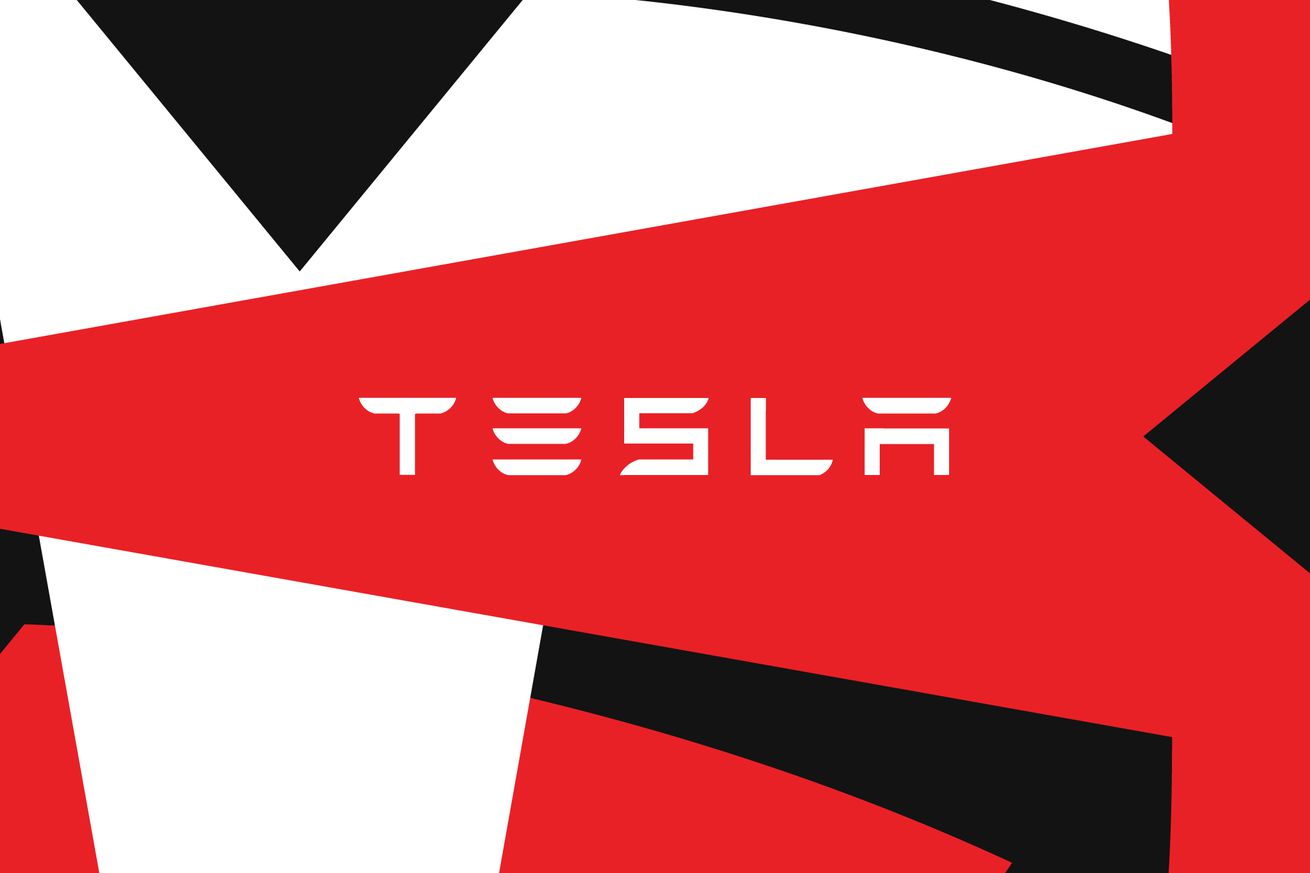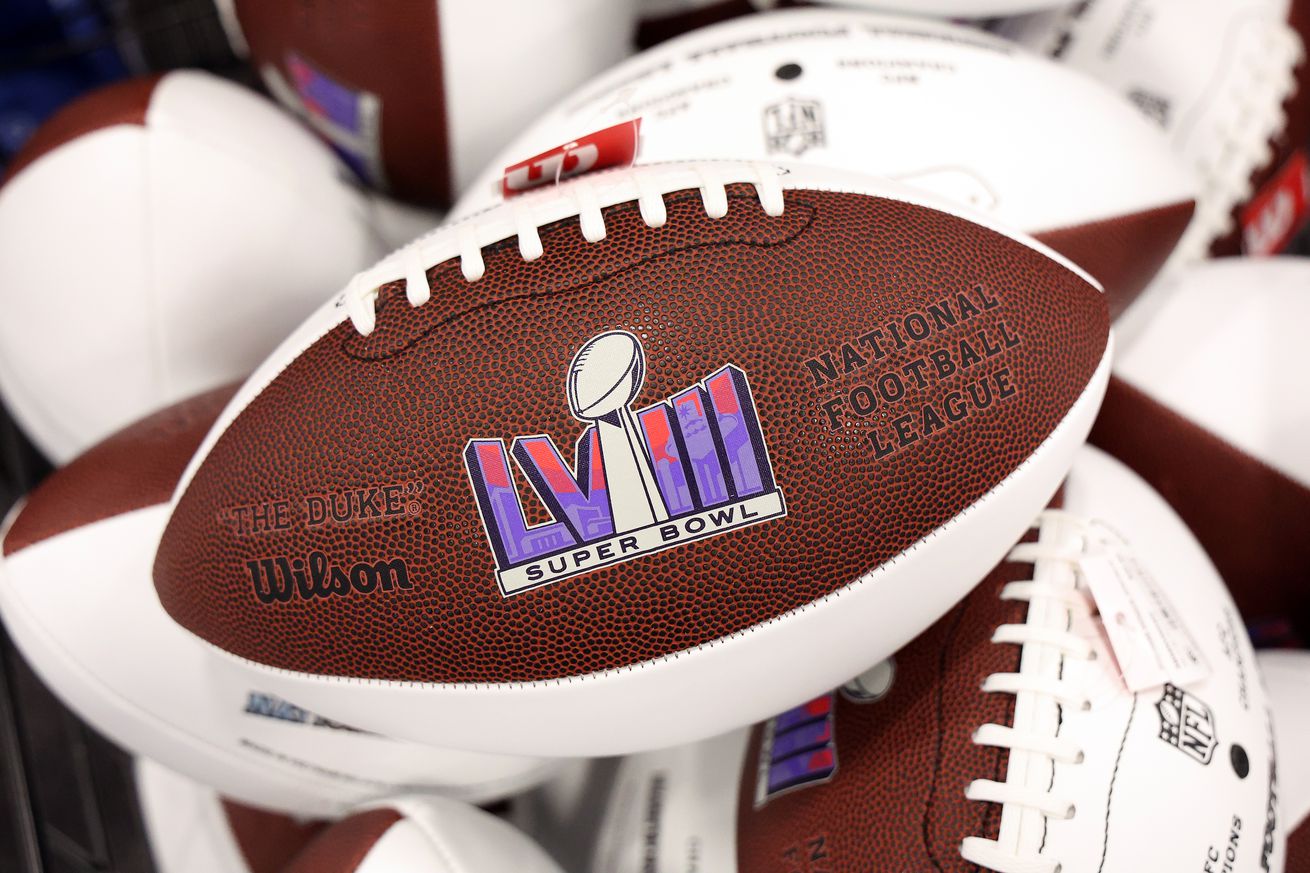
While the best iPad deals usually land during major sale events like Black Friday, Cyber Monday, and Amazon’s various Prime Days, many of the best iPad deals from the holiday season have persisted into 2024. You can still take advantage of many of those discounts today, particularly on the more affordable iPads. What’s more, prices are likely to drop even further when Apple ushers in a new slate of models, which, according to the latest rumors, could happen as soon as next month.
Forthcoming models aside, it’s difficult to know where exactly you can find the most notable iPad deals unless you’re scouring the major retailers on a daily basis. But that’s often what our deal hunters at The Verge are doing each and every day, so let us help you out. Below, we’ve listed the best deals you can get on each iPad model that is currently available, from the cheapo ninth-gen iPad of 2021 to the latest models equipped with Apple’s powerful M1 and M2 chips.
The best iPad (2021) and iPad (2022) deals
Announced alongside the iPhone 13, the 2021 iPad is Apple’s aging entry-level tablet that still makes a fine device for doing the basics today. The ninth-gen model starts at $329 with 64GB of storage, though the base configuration with Wi-Fi is available at Amazon, Best Buy, and Walmart right now for around $249 ($80 off), which is just $20 shy of its lowest price to date.
As for the 256GB model that normally retails for $479, Amazon and Walmart are both selling it for $379 ($100 off), which is another second-best price. If you prefer your iPad to include cellular connectivity, the LTE model is also on sale in the 64GB configuration at Amazon and Best Buy for $379.99 ($80 off) instead of $459; you can also grab it in the larger 256GB configuration at Amazon and Best Buy for around $529 ($80 off).
The last-gen iPad uses an A13 Bionic processor and a 12MP wide-angle camera with Center Stage, a feature designed to keep you framed up and centered while on video calls. The tablet also carries over a number of features from its predecessor, such as the 10.2-inch display, a Touch ID fingerprint sensor built into the home button, and a Smart Connector for connecting a Smart Keyboard.
Although the newer 10th-gen iPad came out in late 2022, the last-gen model is still an excellent tablet — one we consider to be a better value in most instances. The latest iPad modernizes the design with a switch to USB-C, uniform bezels with no home button, a side power button with a fingerprint sensor, and a larger display, but it excises the headphone jack and retails for a much steeper $449. That’s not much of an entry-level price, so hopefully the ninth-gen model sticks around and continues to see moderate discounts.
However, if you do prefer the latest model, the 10th-gen iPad is on sale at Amazon, Best Buy, and Target right now in the 64GB base configuration for around $349 ($100 off). As for the 256GB / Wi-Fi version that normally costs $599, Amazon, Best Buy, and Target are currently offering it starting at $499 ($100 off). These are actually worthwhile deals for the 10th-gen model, which makes it worth considering over the cheaper ninth-gen model if you prefer a more modern design and support for USB-C charging.
The best iPad Mini (2021) deals
The sixth-gen iPad Mini has a larger screen than its predecessor, along with a top-of-the-line processor, support for USB-C, and options for 5G. It has forfeited its 3.5mm headphone jack and dedicated home button in the process, but overall, it’s a solid device that brings a fully refreshed design to Apple’s small tablet form factor.
The changes and refinements to the new iPad Mini come at a heftier price, however, and the new 64GB Wi-Fi model now starts at $499. Electing 256GB of storage brings the price up to $649, while the 5G cellular models are $649 for 64GB and $799 for 256GB. These are some big numbers for a small iPad, and the larger iPad Air might be worth considering if you prefer your dollar to go further with more screen real estate. But if you want the latest and greatest from Apple in a smaller format, this is where the action is.
As of right now, Amazon and B&H Photo are selling the 64GB base model of the iPad Mini for $469 ($30 off). If you need additional storage, Amazon and B&H Photo also have the 256GB / Wi-Fi model for $617 ($32 off). As for the cellular version, you can often find the 64GB model with 5G on sale for $549.99 ($100 off), but no retailers are offering discounts on it as of writing. If you want the step-up 256GB version with LTE, however, it’s on sale at Amazon in pink for $629 (about $170 off).
The best iPad Air (2022) deals
The latest iPad Air usually costs $599, but right now, it’s on sale for around $449 ($150 off) at Best Buy and Walmart, matching its all-time low. The Air is our top iPad recommendation for most people thanks to its speedy M1 processor, modern design, and midrange price. For those who crave more storage, the 256GB variant is also available for $599.99 ($150 off) at Best Buy.
The 2022 iteration of Apple’s lightweight tablet is similar in terms of its capabilities when measured against the previous-gen model but still offers a handful of iterative upgrades. The most pronounced improvement is the M1 processor, which offers better performance, and the front-facing 12MP camera comes equipped with Apple’s Center Stage feature that helps to keep a moving subject centered when recording video or during video calls.
The best iPad Pro (2022) deals
The latest generation of iPad Pros looks a whole lot like the prior model from 2021, as the changes are primarily on the inside. The new Pros still come in 11-inch and 12.9-inch sizes, with the better-looking Mini LED panel once again reserved for the larger model, though both now pack Apple’s newer M2 CPU for even better processing power.
The striking resemblance to the prior generation aside, there are a few reasons to opt for a Pro over something like an Air, such as Face ID unlocking and additional base storage. If display quality is the most important factor in your purchasing decision, the 12.9-inch version is the way to go, as its Mini LED display achieves deeper blacks and better contrast, much like an OLED panel.
Aside from that, as well as a nifty new hover feature that shows where your second-gen Apple Pencil’s tip will land before you touch the screen, they’re very similar to the older models from 2021. The 128GB base models even start at the same price — the 11-inch and 12.9-inch models retail for $799 and $1,099, respectively, and go up from there. As for 5G cellular versions, the 11-inch model starts at $999 and the 12.9-inch model at $1,299.
Sadly, there currently isn’t much in the way of deals on the 11-inch M2 iPad Pro. The best deal you can get is on a Wi-Fi model with 128GB of storage, which is selling for $749 ($50 off) in space gray at B&H Photo. You’ll have to keep checking back if you’re seeking a deal on the larger 12.9-inch model, however, as there are currently no deals available on the larger configuration.





/cdn.vox-cdn.com/uploads/chorus_asset/file/24335192/Roku_TV_Side_Shot.png) Image: Roku
Image: Roku




/cdn.vox-cdn.com/uploads/chorus_asset/file/25282302/Screenshot_2024_02_12_at_2.22.30_PM.png) Screenshot: Wes Davis / The Verge
Screenshot: Wes Davis / The Verge

/cdn.vox-cdn.com/uploads/chorus_asset/file/25281225/s9c8uDG.png) Screenshot by Tom Warren / The Verge
Screenshot by Tom Warren / The Verge


/cdn.vox-cdn.com/uploads/chorus_asset/file/25280589/Setting_up_virtual_card_number.png) Screenshots: Wes Davis / The Verge
Screenshots: Wes Davis / The Verge


/cdn.vox-cdn.com/uploads/chorus_asset/file/25277193/David_Pierce_homescreen.jpg)

